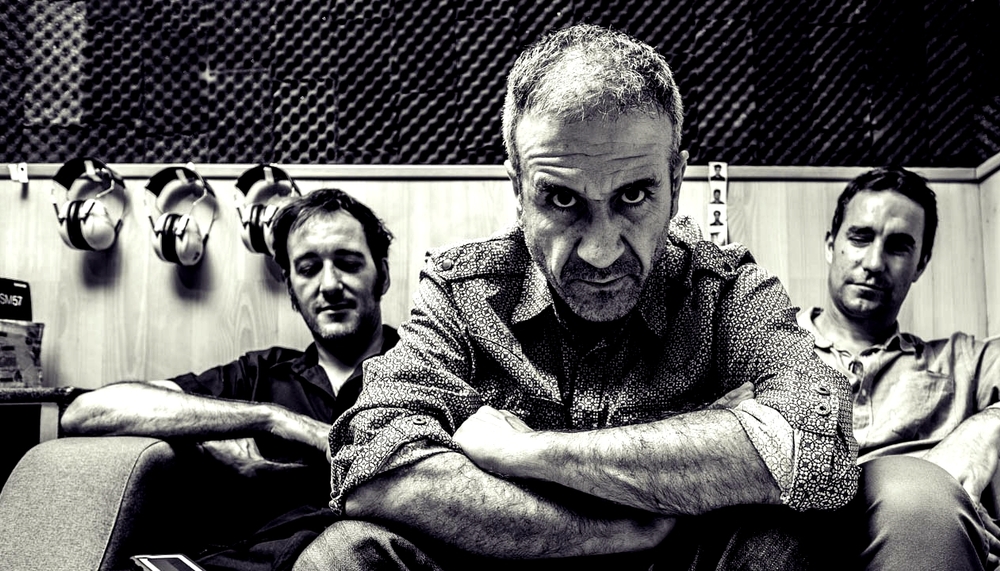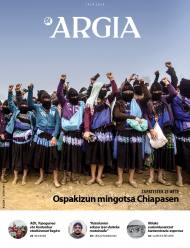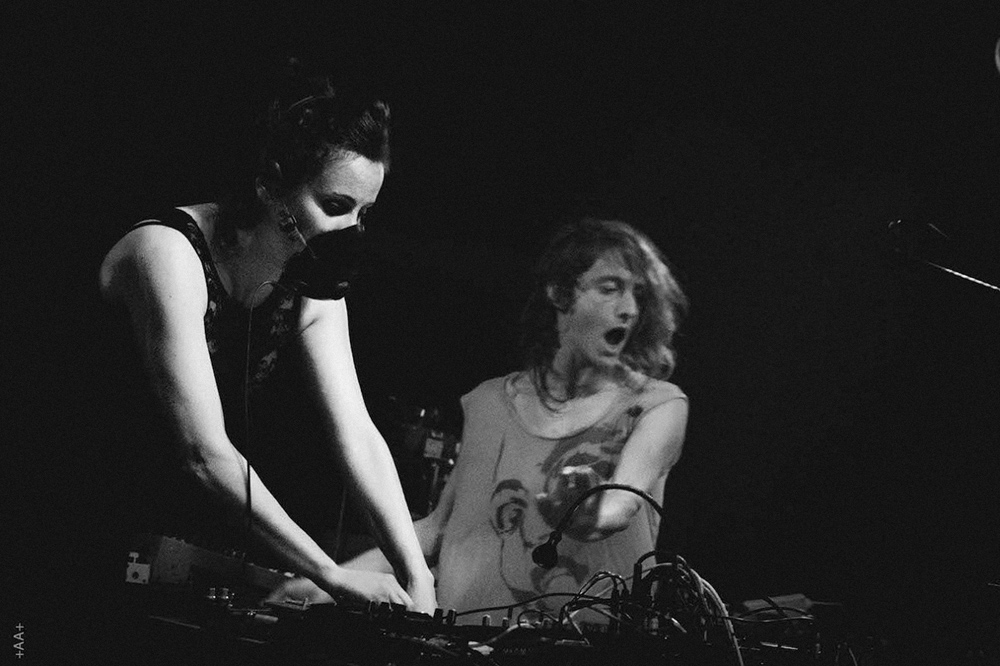1963-1993: a small genealogy of Basque noise
- Xabier Erkizia tells us how the anthropologist and historian Julio Caro Baroja found the spring of the cacerolas in the customs of some Basque peoples. It is known that until the 1970s in Lesaka and the surrounding villages, for example, have had the habit of touching the nozzle in their house to pay tribute to the young couples who were going to marry. The truth is that centuries earlier, that metal instrument, similar to the txalaparta, was replaced by cacerolas and the like when the boyfriends were an older widow and a young woman. In such cases, the young people themselves preferred to set up a scandal and a scandal in order to express their contempt.

Clearly, when it comes to drawing up a genealogy for Basque noise, we could go back as far as we want. However, if the contemporary Basque culture has a clear root of recognition, that is Ez Dok Amairu and in them the rejection of the canons is an important element, beyond the revitalization of the Basque traditions. Artze's work is based on this, for example, and Laboa's contribution is evident. Beyond the great names, Xabier Erkizia has highlighted the influence of the Zabala brothers. In 1977, Jose Mari Zabala directed the experimental film Axut, but previously he dedicated his creativity to the analysis of the different possibilities of guitar and to the sound experimentation in the work with Mikel Laboa. There is nothing more than listening to the uncomfortable elements that surround songs like A Threesome, A Still and Haika a boy. His brother, José Luis, meanwhile, had already worked with Artze in the well-known work Isturitzetik Tolosan barru (1969) and The world is the great man, and Mundu ttikia gizonda (1988) and Mundua gizonarena, but not man for the world (1998).
Artze knows what he says in the song: “Whoever knows where he’s going needs to know where he’s coming from.” To this end, we must also look at the names that have never reached the surface of Basque culture. Xabier Erkizia says that in the 1960s “there are very powerful jobs that have not yet seen the light,” waiting for someone to open it. In any case, without resorting to them, it seems inevitable to emphasize the importance of the work We, published in 1970 by the composer Luis de Pablo. According to Erkizia, through the technique of sound collage, this album “built bridges between musical and non-musical sounds”. In addition to this work based on the use of concrete music, the trajectories of the Donostia Esther Ferrer and the ZAJ group also seem to him to be demands. Although due to space issues we cannot develop the details of his work, his works to extend the limits of music deserve mention.
In the 1970s, an effort was also made to integrate into our music the new forms that were being created in the world. The tests carried out by the label Herri Gogoa, with the help of William S, must be acknowledged. A label that tried with works by Fischer, Shegundo Premio or Tomás Aragüés to break stereotypes within our borders. Of course, he didn't.
Free radicals
Progressive folk and rock groups also played with noises -- Haizeak, for example -- but the punk explosion redefined the rules of the game and turned away all attention from them. As it has been written for a long time trying to decipher this summer's window of the 1980s, our task is to look at what that phenomenon left in the shadow. The total triumph of punk limited the possibilities of groups of other sounds, as well as those who cultivated post-punk that paradoxically came at the same time. At the same time in the RIP group, for example, the Public Midwife acted. His music had a darker tone, with more poetic letters and attending to other aesthetics that at that time did not have much echo in our own, in this project led by José Izcue. From the ashes of the group came the Juices of Others, formed by people from the Third group in Discordia. José Izcue and his brother Francisco, Jesuis Suinaga and Josetxo Anitua would be present, and after a short career of the team two new groups would be created: The Male Desvän and Cancer Moon.
The Hunted By The Snake (1990) discs of Cancer Moon and Sister violence (1992) of El Desvän del Macho would mark the bases of dirty and distorted rock that would be worked on later. These two groups were not, however, the only ones who tracked the borders of rock and punk, and among those who were involved we could also mention groups of local Buenavistas in the area of Donostia – La Perrera – in Bilbao – La Secta, Los Spaces – or in Pamplona – Los Bichos.
On the shores of Punk, other models had also begun to be built for that time, which were running along the way in parallel. Although noise and industrial sounds were important – the mysterious Tactical Line project or the fanzine and Syntorama program can be two examples of this – perhaps the most prominent was the strong hardcore movement that was gestating in Gipuzkoa. Although in Álava he also left some interesting specimen – Vitu´s Dance – what happened between Andoain and Tolosa has left its greatest mark on posterity. Rabies and BAP noise! ! We could mention it, among those who, in the activity guided by desire, in addition to imposing a higher speed and a higher strength to rock, joined other imaginaries and philosophies, such as the one you did yourself, anarchism or environmentalism. In the North, meanwhile, Voodoo Muzak began his fruitful career in the second half of the 1980s, which would later yield unbeatable results.
Then came the 1990s, when a noisy aesthetic achieved the greatest success in its history. The surroundings of Bilbao and Getxo and the valleys of Bidasoa would be the main exponents of this, but not the only ones.











